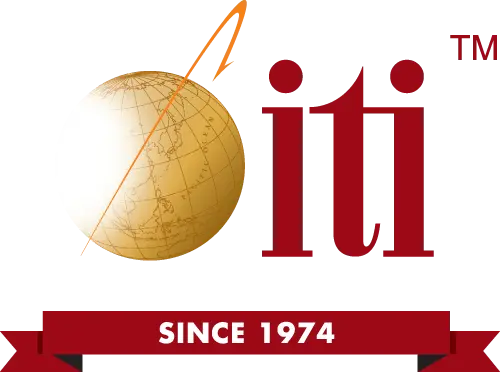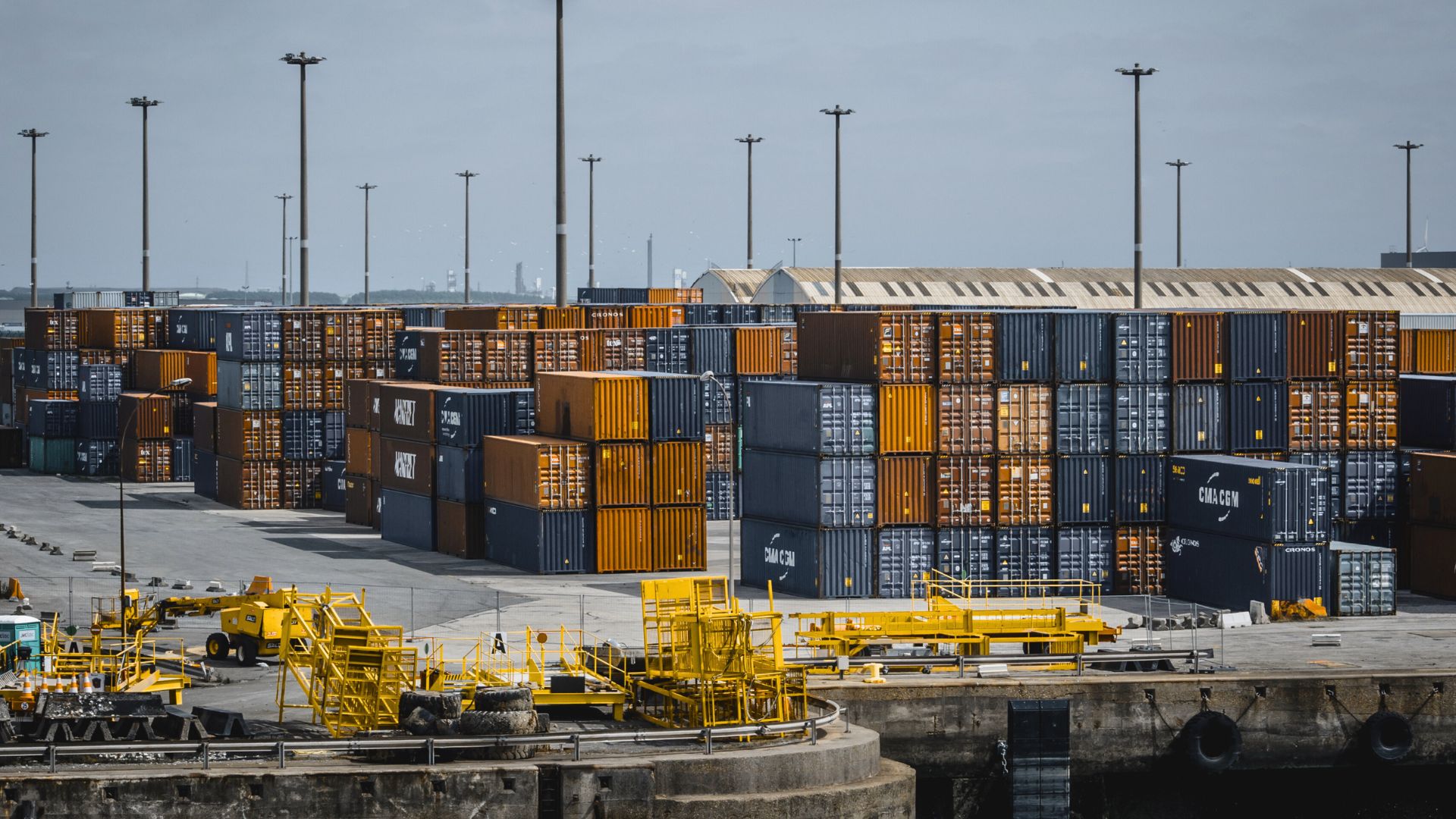
1. Stability First, Growth Second
Most manufacturers are focused on survival over the next three years. Some companies are well positioned to capitalize on current market conditions, but between the high price of money and general market constriction, most manufacturers have steeled themselves into conservative positions that prioritize longevity and solvency.
2. Cost of Capital
While commercial lending rates are slowly falling, they are still at peak levels not seen since the 2008 market crash. When rates bottomed out across 2020-2021, many manufacturers leapt at expansionary financing and grew, grew, grew. As those funding pools now exhaust, manufacturers can’t afford to take on new notes at today’s rates, which have skyrocketed in less than a year and have totally upheaved many manufacturer’s expectations of continued market growth. While manufacturers should expect high rates to continue through the rest of 2024, they should expect rates to gradually trend down over the next 12 months. The recent increase in unpaid loans is a sign that this is a serious issue.
3. OpEx Reduction
When the economy slows down, manufacturers are forced to cut costs everywhere they can. They often start by cutting back on things like labor costs, extra benefits, and outside services. Then, they might reduce product features, use less expensive materials, or even sell off equipment. Further, manufacturers must find ways to continuously improve their processes and become more efficient as energy and material costs are expected to keep rising. This has been the reality for many manufacturers in 2024, and it’s not likely to change anytime soon.
4. Market Trepidation
The Organization for Economic Co-operation and Development (OECD) publishes two measures of market confidence that we find very useful: the Consumer Confidence Index (CCI), and the Business Confidence Index (BCI). These indices represent not just the United States but all OECD membership countries, providing a good indication of both import and export channels. Further, the Institute for Supply Management’s (ISM) United States Purchasing Manager’s Index (PMI) currently shows 21 out of 22 months of continuous industrial factory activity contraction, which is expected to continue. Essentially, manufacturers have faced buyers simply not buying much throughout 2024 and will have to find new ways to generate revenue within this tough market.
5. Global Trade Cooling
From 2023 into 2024, global trade was practically flat, displaying the weakest performance in 50 years aside from global recessions. Industrial production represented a large chunk of this decline, whereas services and tourism have grown to provide a small offset to the downward trend. Looking into 2025, global trade is expected to improve slightly as key channels continue to recover, but global GDP growth through next year is still set to be the slowest half decade since the 1990s. Manufacturers shouldn’t just focus on increasing sales, but they also need to think about whether their products and strategies actually meet the needs of the market.
6. Re-Homing Supply Chains
As the business environment gets tougher, companies that make products overseas are quietly reshoring production from places like China to Vietnam, Thailand, India, and South America. The US government is encouraging this by ramping up trade restrictions and subsidizing domestic investment into high-tech, critical industries. In 2025, the implications of reshoring trends will touch more and more manufacturers, either by driving more OEMs to reshore to cheaper markets or by reconfiguring existing procurement channels to take advantage of reshored capacity. Either way, manufacturers have spent 2024 attempting to derisk global supply chains, and reshoring has been an attractive way to get there.
7. Market Consolidation
Whether viewed as good or bad, constricting economic times such as we’re seeing now lead to market consolidation. On one hand, this can be positive as it eliminates competition and makes things more efficient. On the other hand, this can be negative as cost competition increases, margins decrease, employment decreases, and companies are forced to sell. Manufacturers must be mindful of these factors finishing out 2024, as they can lead to hidden surprises such as sudden layoffs at key suppliers that reduce capacity, increased competitor aggression that risks key accounts, and overnight cost hikes as suppliers and service providers pass their inefficiencies onto their customers.
8. Bespoke Market Opportunities
Manufacturing executives have generally recognized two things during 2024: costs are increasing while market demand is decreasing, resulting in too many dollars being required to chase too few opportunities. Of course there are exceptions such as MRO products, staple commodities, semiconductor products, and professional services, all of which are expected to outpace average sales rates into 2025. Still, manufacturers have been challenged to find tactical opportunities either through aggressive price-based competition or the very creative nurturing of new markets. As a warning however: upcoming Fed interest rate cuts may be accompanied by more rampant money printing which can drive short-term growth and spending that manufacturers will see as great opportunities, but this will inevitably be followed by even harsher contraction than in the last year. As such, manufacturers must look beyond 2025, curbing their appetite appropriately to ensure long-term success.
Partner with ITI for Global Manufacturing Success
Managing your supply chain is complex and challenging. That’s why many U.S. companies turn to trusted industry experts like ITI Manufacturing. We have been helping U.S. companies compete on a global stage since the 1970s. Schedule a consultation to learn how our proven process and decades of global manufacturing expertise can help you make the right manufacturing decisions for your business in these rapidly changing and challenging times




